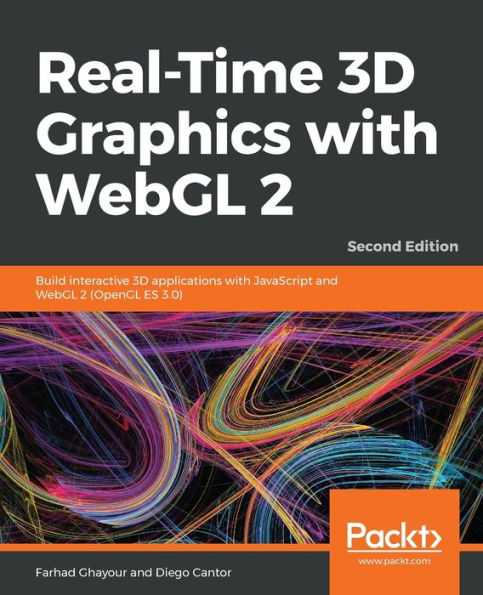A comprehensive guide with 80+ examples on 3D programming in WebGL 2, covering computer graphics topics such as rendering, 3D math, camera, and more
Key Features
- Create visually stunning, high-performance 3D applications for the web with WebGL 2
- A complete course on 3D computer graphics: rendering, 3D math, lighting, cameras, and more
- Unlock a variety of new and advanced features offered in WebGL 2
Book Description
As highly interactive applications have become an increasingly important part of the user experience, WebGL is a unique and cutting-edge technology that brings hardware-accelerated 3D graphics to the web.
Packed with 80+ examples, this book guides readers through the landscape of real-time computer graphics using WebGL 2. Each chapter covers foundational concepts in 3D graphics programming with various implementations. Topics are always associated with exercises for a hands-on approach to learning.
This book presents a clear roadmap to learning real-time 3D computer graphics with WebGL 2. Each chapter starts with a summary of the learning goals for the chapter, followed by a detailed description of each topic. The book offers example-rich, up-to-date introductions to a wide range of essential 3D computer graphics topics, including rendering, colors, textures, transformations, framebuffers, lights, surfaces, blending, geometry construction, advanced techniques, and more. With each chapter, you will "level up" your 3D graphics programming skills. This book will become your trustworthy companion in developing highly interactive 3D web applications with WebGL and JavaScript.
What you will learn
- Understand the rendering pipeline provided in WebGL
- Build and render 3D objects with WebGL
- Develop lights using shaders, 3D math, and the physics of light reflection
- Create a camera and use it to navigate a 3D scene
- Use texturing, lighting, and shading techniques to render realistic 3D scenes
- Implement object selection and interaction in a 3D scene
- Cover advanced techniques for creating immersive and compelling scenes
- Learn new and advanced features offered in WebGL 2
Who this book is for
This book is intended for developers who are interested in building highly interactive 3D applications for the web. A basic understanding of JavaScript is necessary; no prior computer graphics or WebGL knowledge is required.



